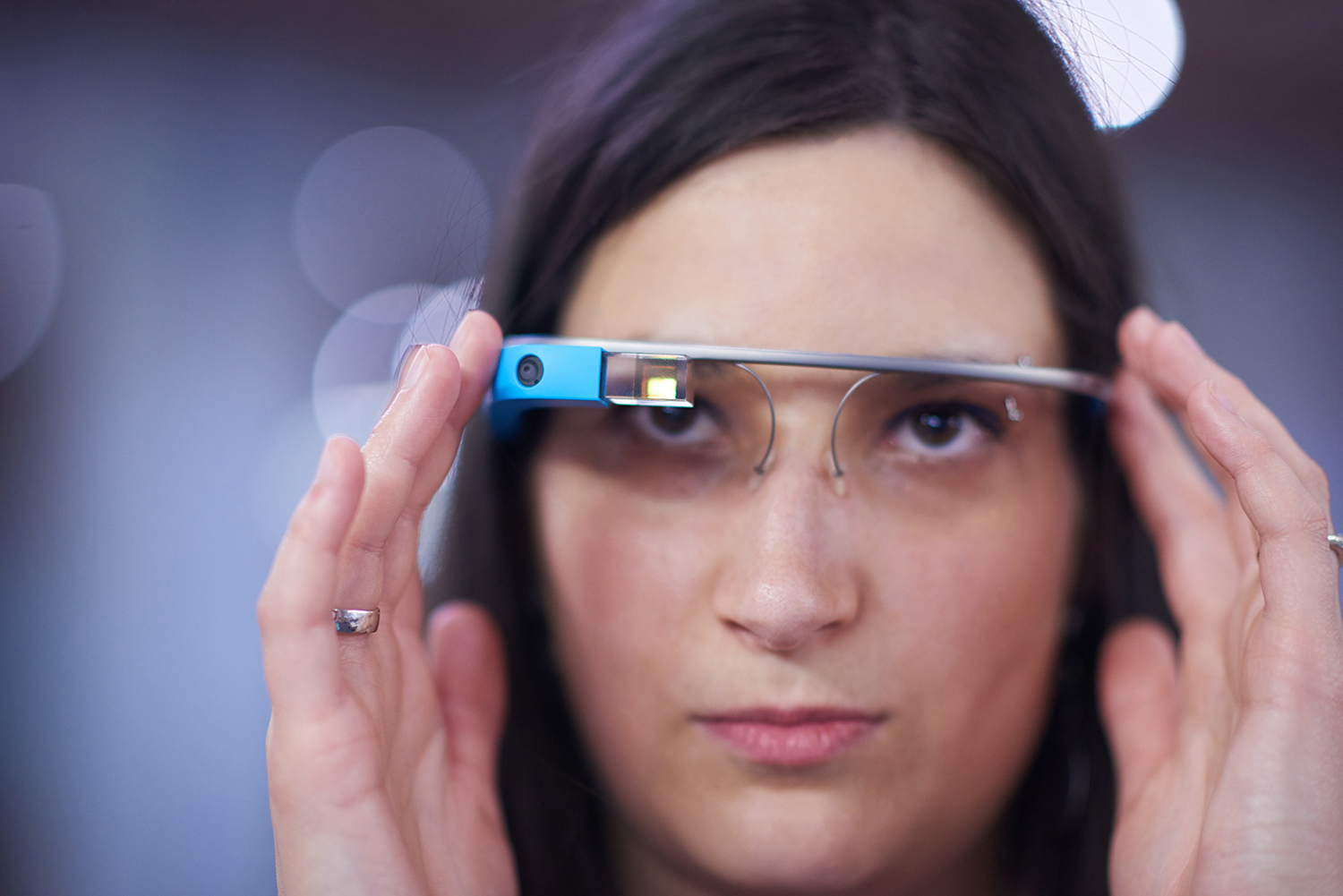A Virtual Tour of the Cell: Impact of Virtual Reality on Student Learning and Engagement in the STEM Classroom
Review
This article demonstrates a practical example of a singular virtual reality usage to a classroom of undergraduate sophomore-level biology students involved in a course on cellular biology. The twelve-minute virtual reality experience, “Journey Inside a Cell” demonstrated the interior and exterior of a single cell and its organelles. The experience was interactive with a wireless wand affording the viewer the ability to interact with the surrounding. After completion of the experience by 65 participants, a survey of the VR experience was administered, and survey result evaluated. The conclusion of the survey indicated a positive, knowledge retentive experience suggesting learning value and long-term memory of the material.

Introduction
Virtual reality (VR) is an immersive experience designed for users to explore a digital overlay that is completely independent of their true surroundings. The user is provided with a VR headset (often called a Head Mounted Display [HMD]) providing visual and audio stimuli and multiple sensors that track physical movement in relationship to a virtual world. Virtual reality is widely used in the gaming industry and has steadily extended to a variety of fields, especially the health care ndustry. Virtual reality is now used by patients, including autism and Alzheimer’s patients as a form of therapy (1–5). Similarly, VR is also used in the education of healthcare professionals, for example to practice surgeries and dental work (6–9). Virtual reality in healthcare is highly represented in the primary literature. However, there are relatively few publications on VR in the undergraduate STEM classroom (10–13). It is also uncertain how many colleges and universities have begun to use VR in the classroom. A recent international study indicates that active learning in STEM classrooms is rare compared with the lowerimpact traditional lecture (14). An immersive VR experience which allows students a hands-on approach to interacting with the subject matter can provide students with a unique active-learning experience suited to a variety of STEM topics. Cell biology is a challenging course, and this is greatly exacerbated by the fact that the cell is so tiny that the parts cannot be viewed in a typical light microscope. The concepts are therefore abstract and difficult to visualize. Virtual reality gives students the ability to “travel inside the cell” and even “handle” organelles that would only be one micron or less in a real eukaryotic cell. Here we describe the very first in-class use of VR at our university and the educational benefits derived from providing students with the experience as part of a STEM laboratory period.
Bennett, A., & Saunders, C. P. (2019). A virtual tour of the cell: Impact of virtual reality on student learning and engagement in the STEM classroom. Journal of Microbiology & Biology Education, 20(2), 1-3. doi:10.1128/jmbe.v20i2.1658
